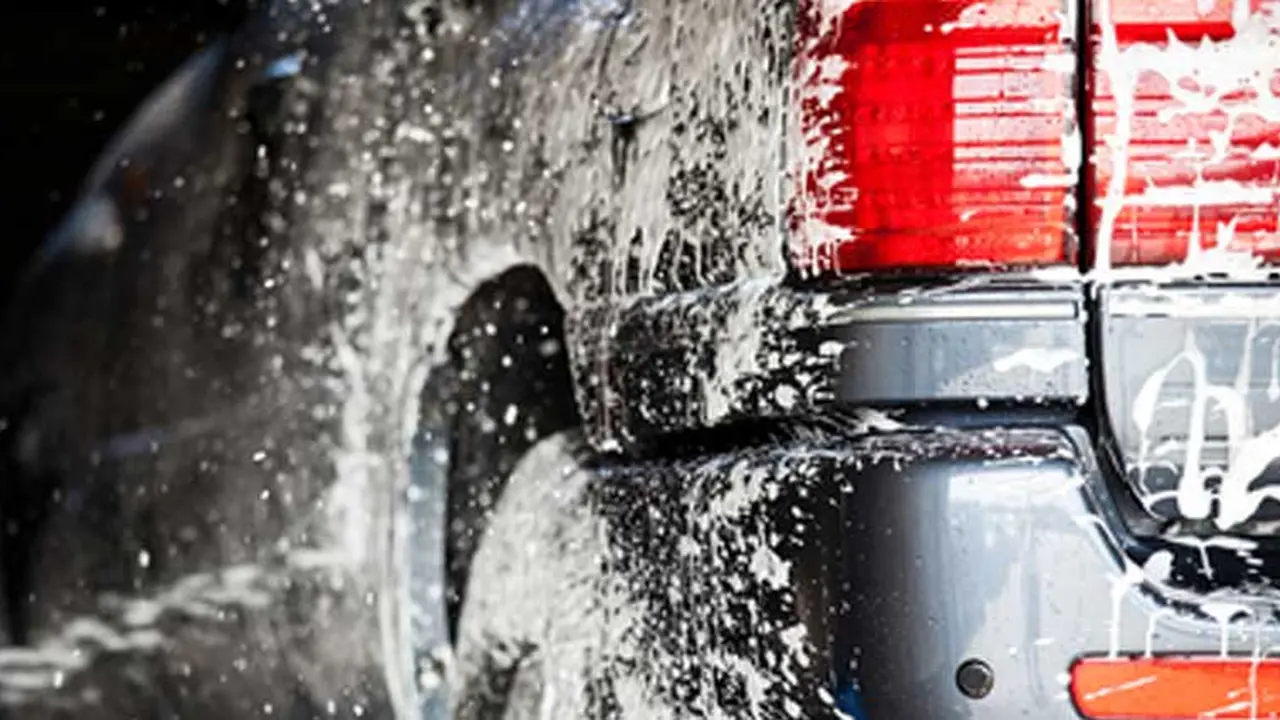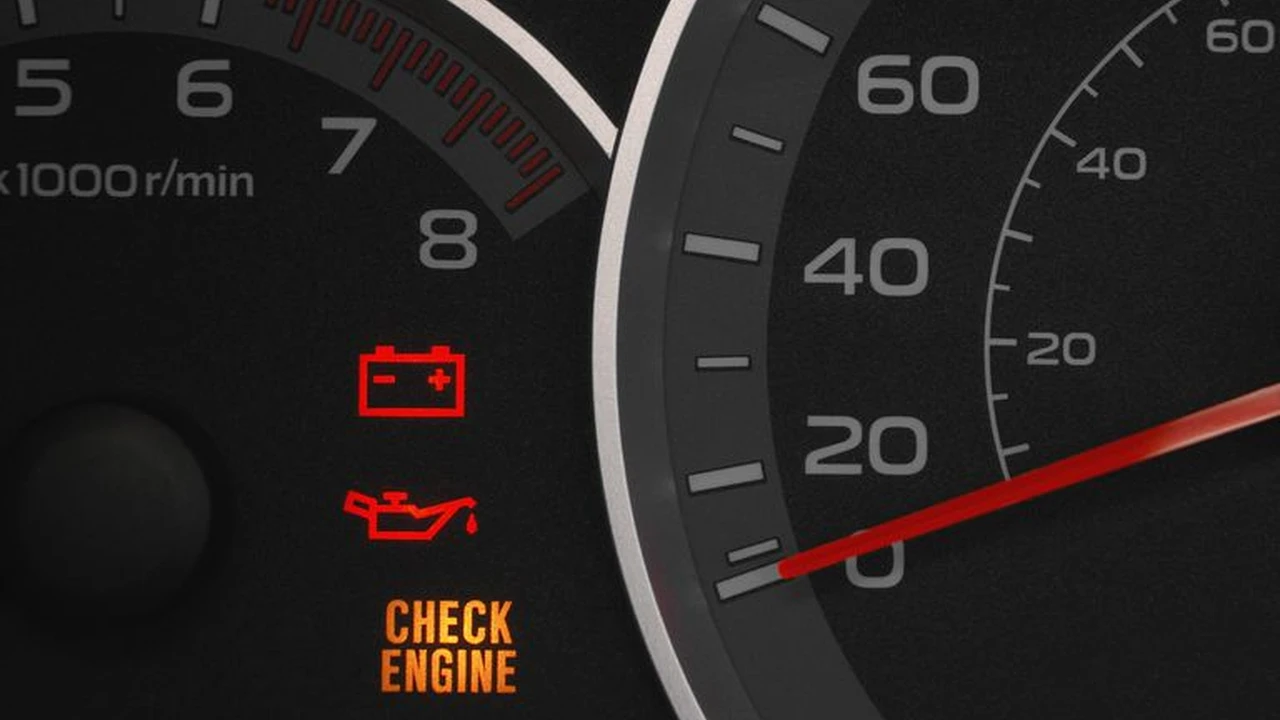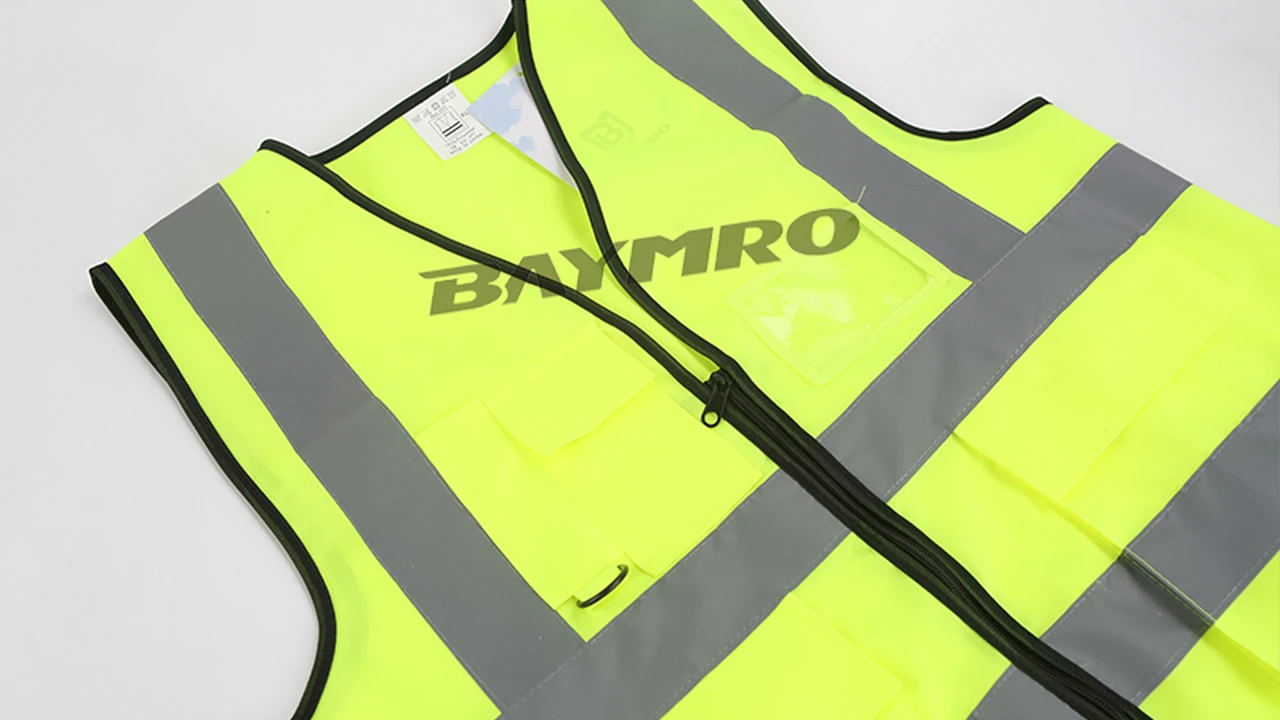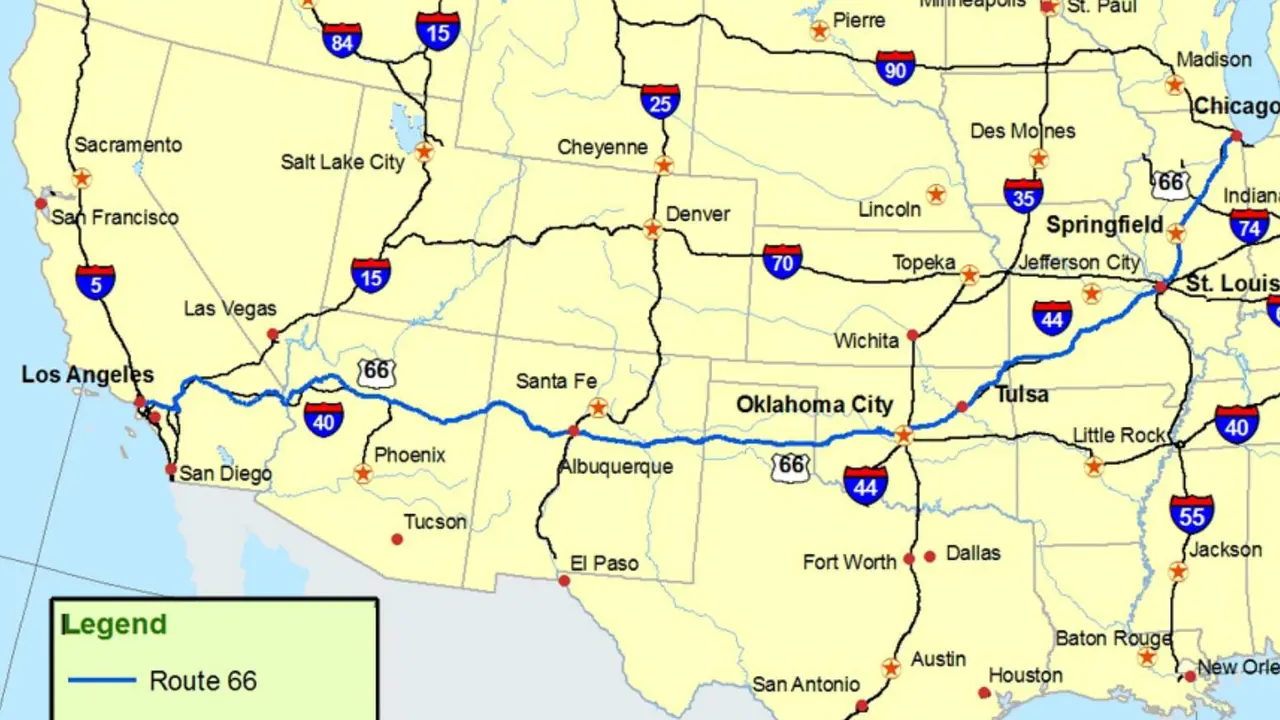How to Properly Store Your Car for Long Periods: Preventing Damage

Why Proper Car Storage Matters Understanding the Risks
Okay, so you're planning on storing your car for a while. Maybe you're heading overseas, deploying, or just have a classic you only drive in the summer. Whatever the reason, just parking it and hoping for the best is a recipe for disaster. Think of it like this: your car is a complex machine, and neglect can lead to all sorts of expensive problems. We're talking flat tires, dead batteries, rust, rodent infestations (yuck!), and even damage to internal components. Proper storage isn't just about keeping it covered; it's about actively preventing these issues from arising in the first place. This guide will walk you through everything you need to know, step-by-step, to ensure your car emerges from its hibernation in tip-top shape.
Preparing Your Car for Storage A Step-by-Step Guide to Long-Term Preservation
Before you even think about covering your car, you need to take some crucial preparatory steps. These steps will drastically reduce the risk of damage during storage.
Wash and Wax Your Car Protecting the Paint from the Elements
Start with a thorough wash and wax. Seriously, don't skip this. Dirt, bird droppings, and other contaminants can eat away at your paint over time. A good wash removes these impurities, and a quality wax provides a protective layer against the elements and potential corrosion. Use a pH-neutral car wash soap and a microfiber wash mitt to avoid scratching the paint. After washing, dry the car completely with a microfiber towel. Apply a high-quality car wax according to the manufacturer's instructions. This creates a barrier against moisture and UV rays, preventing fading and rust.
Top Off Fluids Preventing Corrosion and Maintaining Seals
Fill up the gas tank and add a fuel stabilizer. A full tank minimizes condensation inside the tank, which can lead to rust and fuel system problems. Fuel stabilizer prevents the gasoline from breaking down and turning into a gummy residue that can clog fuel lines and injectors. Follow the instructions on the fuel stabilizer bottle for the correct amount to add. Also, top off all other fluids, including engine oil, coolant, brake fluid, power steering fluid, and windshield washer fluid. Old fluids can become corrosive over time, and low fluid levels can lead to internal damage.
Change the Oil Protecting the Engine During Inactivity
This is especially important if you're storing the car for more than a few months. Old engine oil contains contaminants that can corrode engine parts over time. Fresh oil provides a clean, protective layer. Use the correct type and weight of oil recommended for your car. Don't just top it off; change the oil and filter completely.
Protect the Tires Preventing Flat Spotting and Dry Rot
Tires can lose pressure over time, and sitting in one spot can cause flat spots. Inflate the tires to the maximum pressure listed on the sidewall (but don't exceed it!). This helps prevent flat spots. Consider using tire cradles or placing the car on jack stands to completely remove the weight from the tires. This is especially important for long-term storage (over a year). You can also purchase tire covers to protect them from UV rays, which can cause dry rot.
Disconnect the Battery Preventing Drain and Corrosion
A car battery will slowly discharge even when the car is not in use. Disconnecting the negative terminal prevents the battery from draining completely. Clean the terminals before disconnecting them to remove any corrosion. Consider using a battery tender or maintainer to keep the battery charged during storage. This will prevent sulfation, which can shorten the battery's lifespan. Store the battery in a cool, dry place if you're not using a battery tender.
Seal Openings Preventing Rodent Infestations
Mice and other rodents love to nest in cars, and they can cause a lot of damage by chewing on wires, upholstery, and other components. Seal all openings to prevent them from getting inside. Use steel wool to stuff exhaust pipes, air intakes, and other openings. Place mothballs or dryer sheets inside the car to deter rodents (but be aware of the strong smell). Set up mouse traps around the car as an extra precaution. Regularly check the car for signs of rodent activity.
Cover Your Car Protecting it from Dust and Damage
Use a high-quality car cover to protect the car from dust, dirt, scratches, and UV rays. Choose a breathable cover to prevent moisture buildup underneath. Make sure the cover fits snugly but isn't too tight, as this can scratch the paint. If storing the car outdoors, use a waterproof cover. Consider using a car capsule or bubble for the ultimate protection, especially in harsh environments.
Choosing the Right Storage Location Indoor vs Outdoor Considerations
Where you store your car is just as important as how you prepare it. The ideal location is indoors, in a climate-controlled environment.
Indoor Storage The Ideal Environment
A garage, storage unit, or car storage facility is the best option. These locations provide protection from the elements, including rain, snow, sun, and wind. Climate-controlled storage is even better, as it helps prevent rust and corrosion. Make sure the storage area is clean and dry. Consider using a dehumidifier to control humidity levels. Check the car regularly for signs of leaks or damage.
Outdoor Storage Mitigating the Risks
If indoor storage isn't an option, you'll need to take extra precautions. Choose a location that is as sheltered as possible, away from direct sunlight and strong winds. Cover the car with a waterproof car cover. Check the car regularly for signs of leaks or damage. Consider using a car capsule or bubble for added protection. Be prepared to deal with potential problems like rust, mold, and rodent infestations.
Essential Products for Car Storage Recommendations and Comparisons
Here are some product recommendations to help you properly store your car:
Fuel Stabilizers Maintaining Fuel Quality
- STA-BIL Fuel Stabilizer: A popular and effective fuel stabilizer that prevents fuel degradation and keeps fuel systems clean. A single bottle treats up to 20 gallons of gasoline. Cost: Approximately $10-15. Use: Add to your fuel tank before storage.
- Lucas Oil Fuel Stabilizer: Another excellent option that cleans fuel injectors and carburetors while stabilizing fuel. Cost: Approximately $8-12. Use: Add to your fuel tank before storage.
- Comparison: Both STA-BIL and Lucas Oil are highly rated fuel stabilizers. STA-BIL is known for its long-term storage capabilities, while Lucas Oil offers additional cleaning benefits. Choose based on your specific needs.
Battery Maintainers Preventing Battery Drain
- NOCO Genius1: A smart battery charger and maintainer that can automatically detect and charge various battery types. It also features a repair mode for sulfated batteries. Cost: Approximately $30-40. Use: Connect to your car's battery while in storage.
- Battery Tender Plus: A reliable and affordable battery maintainer that keeps your battery fully charged without overcharging. Cost: Approximately $50-60. Use: Connect to your car's battery while in storage.
- Comparison: The NOCO Genius1 is more versatile and offers more features than the Battery Tender Plus. However, the Battery Tender Plus is a more established brand and is known for its reliability.
Car Covers Protecting Your Car's Exterior
- Covercraft WeatherShield HP: A high-quality, breathable car cover that provides excellent protection against the elements. It's water-resistant, UV-resistant, and mildew-resistant. Cost: Approximately $300-500 (depending on car size). Use: Cover your car while in storage.
- Budge Lite Car Cover: An affordable, lightweight car cover that provides basic protection against dust and dirt. It's not as durable as the Covercraft WeatherShield HP, but it's a good option for indoor storage or short-term outdoor storage. Cost: Approximately $50-100 (depending on car size). Use: Cover your car while in storage.
- Comparison: The Covercraft WeatherShield HP is a premium car cover that offers superior protection. The Budge Lite Car Cover is a budget-friendly option that provides basic protection. Choose based on your budget and storage needs.
Tire Cradles Preventing Flat Spots
- Race Ramps RR-WC Wheel Cribs: These wheel cribs cradle your tires and prevent flat spots by distributing the weight evenly. They are durable and easy to use. Cost: Approximately $150-200 per set of four. Use: Place under your tires while in storage.
- Yellow Jacket Wheel Savers: A more affordable option for tire cradles. They are made of durable plastic and provide good support for your tires. Cost: Approximately $80-120 per set of four. Use: Place under your tires while in storage.
- Comparison: Race Ramps are a higher-end product known for their durability and ease of use. Yellow Jacket Wheel Savers are a more budget-friendly option that still provides good support.
Rodent Repellents Keeping Pests Away
- Fresh Cab Rodent Repellent: A natural rodent repellent made from botanical ingredients. It's safe for use around children and pets. Cost: Approximately $10-15 per pouch. Use: Place pouches inside the car.
- Mothballs: A traditional rodent repellent that emits a strong odor that deters rodents. However, mothballs are toxic and should be used with caution. Cost: Approximately $5-10 per box. Use: Place mothballs inside the car (in a container to prevent direct contact with surfaces).
- Comparison: Fresh Cab is a safer and more environmentally friendly option than mothballs. However, mothballs are more effective at repelling rodents in some cases.
Long-Term Storage Considerations After Storage Maintenance
So, you've finally taken your car out of storage. Don't just jump in and drive off! There are a few things you need to do to ensure it's safe and ready to go.
Inspect for Damage Checking for Leaks and Corrosion
Give the car a thorough inspection. Look for any signs of leaks, rust, or damage. Check the tires for flat spots or cracks. Inspect the engine compartment for any signs of rodent activity. If you find any problems, address them before driving the car.
Reconnecting the Battery and Checking Electrical Systems
Reconnect the battery and check all electrical systems. Make sure the lights, wipers, and other accessories are working properly. Check the battery voltage to ensure it's fully charged. If the battery is weak, consider having it tested and replaced.
Changing Fluids Again Ensuring Optimal Performance
Change the engine oil and filter again, especially if the car has been in storage for a long time. Check the other fluids and top them off as needed. This will help ensure that the engine is properly lubricated and protected.
Test Driving and Addressing Any Issues
Take the car for a short test drive to check for any problems. Listen for any unusual noises or vibrations. Check the brakes to make sure they're working properly. If you notice any issues, take the car to a mechanic for diagnosis and repair.
:max_bytes(150000):strip_icc()/277019-baked-pork-chops-with-cream-of-mushroom-soup-DDMFS-beauty-4x3-BG-7505-5762b731cf30447d9cbbbbbf387beafa.jpg)






